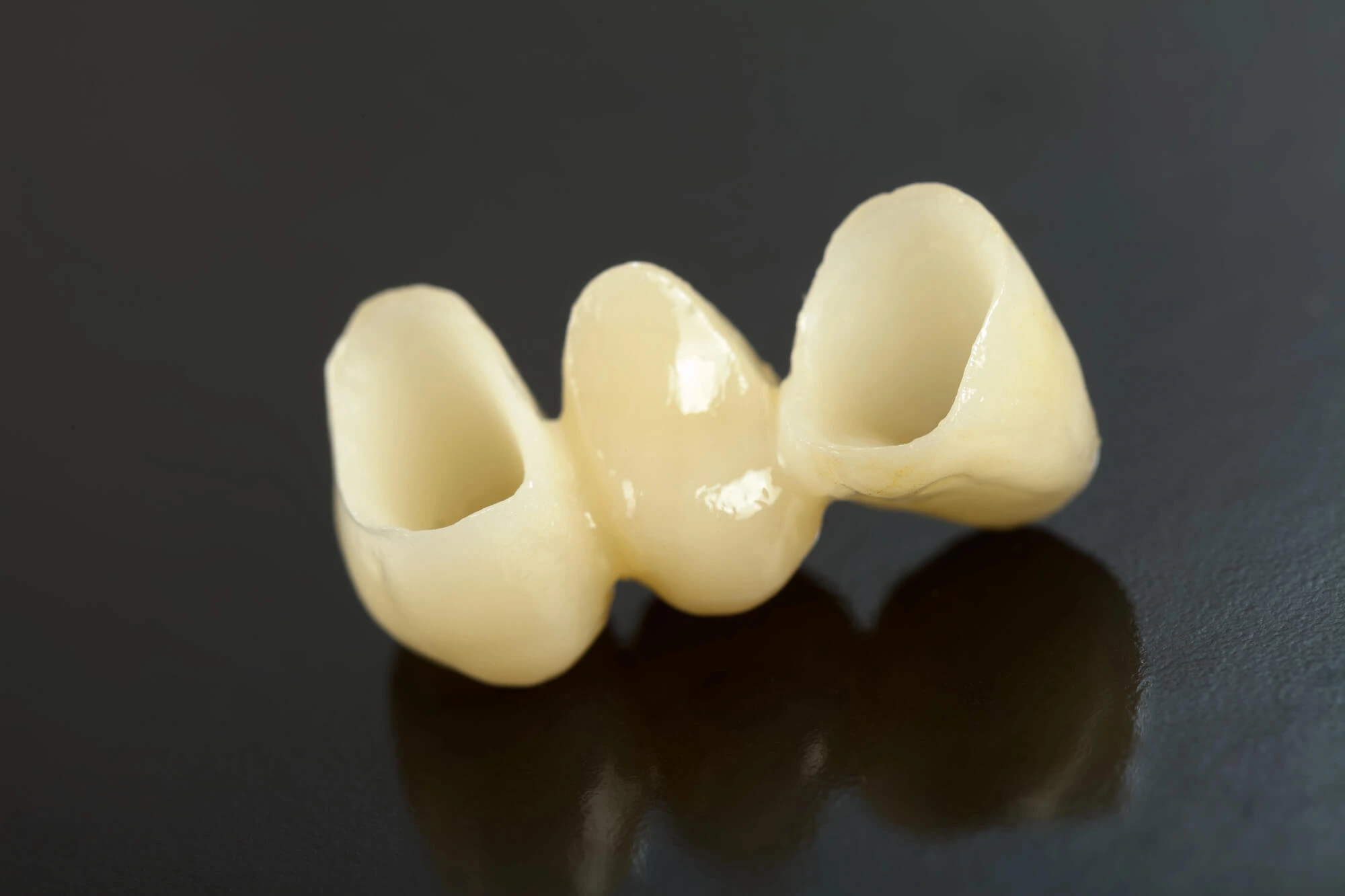If you recently lost a tooth, the best dentist in Knoxville, IL, may recommend dental bridges. Dental bridges are a reliable solution for replacing missing teeth and are more affordable than other options like implants. They can be completed in just a few appointments.
However, like any dental restoration, bridges are not designed to last forever. Over time, they may show signs of wear and tear due to daily use. Recognizing these signs early can help you get a prompt repair and prevent further damage that requires a complete replacement.

Common Signs of Wear and Tear on a Dental Bridge
1. Visible Damage or Crack
Over time, the materials used in dental bridges can begin to show signs of deterioration. Small cracks or chips may appear on the surface, especially if the bridge is subject to frequent pressure from chewing or teeth grinding. These cracks may start small but can worsen if left untreated.
2. Looseness or Movement
Dental bridges should fit snugly and not move while you eat or speak. If your bridge starts to feel loose, it’s often a sign that the dental cement holding it in place has weakened. It could also indicate that the supporting teeth (abutments) are compromised, which calls for an immediate dental visit.
3. Pain or Sensitivity
Pain or unusual sensitivity may indicate problems below the surface of your restoration. Issues like decay in the supporting teeth, exposed nerves, or damage to the surrounding gum tissue can cause discomfort around the bridge area, especially when you drink hot or cold beverages.
These symptoms should never be ignored, as they strongly signal that the bridge needs professional evaluation.
4. Changes in Appearance
Over time, discoloration, stains, or a change in how your bite feels may signal that your dental bridge is no longer functioning as it should. While some discoloration may be cosmetic, other changes can point to structural issues that need attention.
5. Gum Recession or Inflammation
Healthy gums are essential to the stability of a dental bridge. If you notice the gums around your bridge pulling back, becoming red, swollen, or bleeding, it could be a sign of periodontal disease or poor hygiene around the bridge area. This compromises the foundation of the restoration and may require intervention.
When Can a Dental Bridge Be Repaired?
- Minor Cosmetic Damage: Small chips or surface cracks in the porcelain can sometimes be repaired without removing the entire bridge, using composite resin or bonding materials to fill or smooth over the damage.
- Loose Bridge: If the bridge has become loose but the underlying teeth are still healthy, your dentist may reseat it after cleaning their surfaces.
- Minor Bite Adjustments: Sometimes, a bridge with uneven pressure or a misaligned bite can cause discomfort. In such cases, your dentist can carefully reshape the bridge or adjacent teeth to restore comfort without replacing the entire restoration.
When Is Replacement Necessary?
- Damage to Supporting Teeth: If decay or structural damage has compromised one or more of the abutment teeth supporting your bridge, simply repairing the bridge is not enough. In these cases, the damaged teeth must be treated first—often with crowns or even extraction—before creating a new bridge.
- Extensive Structural Damage: Large fractures, multiple chips, or a broken framework mean the bridge's integrity is compromised and must be replaced.
- Worn-Out Materials: Even with good care, most dental bridges last 7–15 years. If your bridge is nearing or has passed this lifespan, it may begin to deteriorate even without visible damage.

Protect your Dental Restoration with the Help of the Best Dentist in Knoxville, IL
Dental bridges are durable restorations, but they’re not eternal. Over time, small chips, wear and tear, and the eventual loosening of the dental cement are common. Staying vigilant about changes in your dental bridge helps prevent them from scaling to more serious issues requiring a brand new restoration.
If you experience any of the signs mentioned above, contact Smalltown Dental right away for an evaluation. In many cases, early intervention can allow for simple repairs!








.webp)








